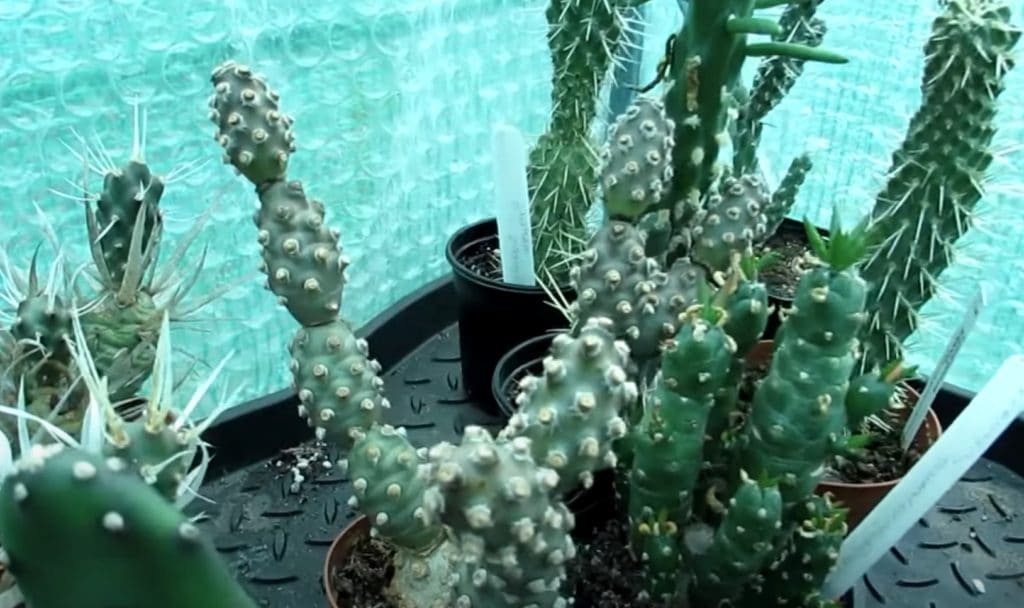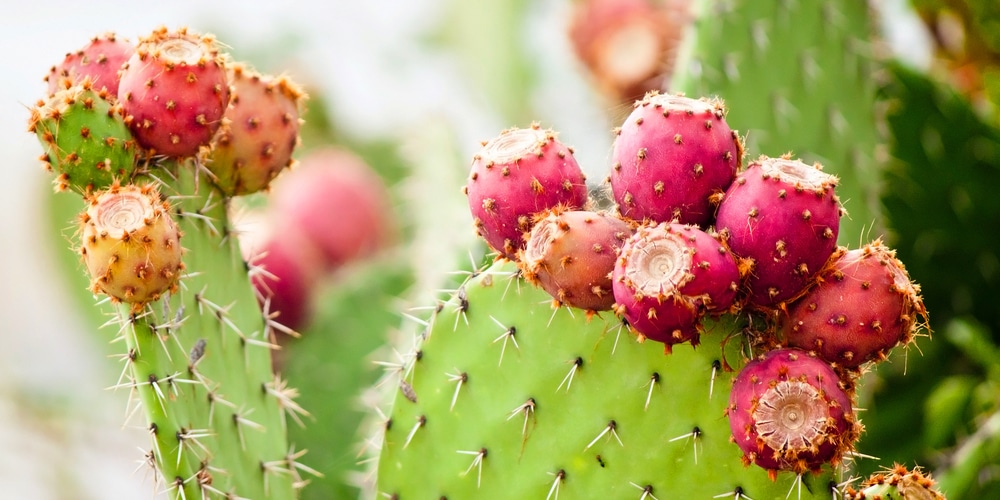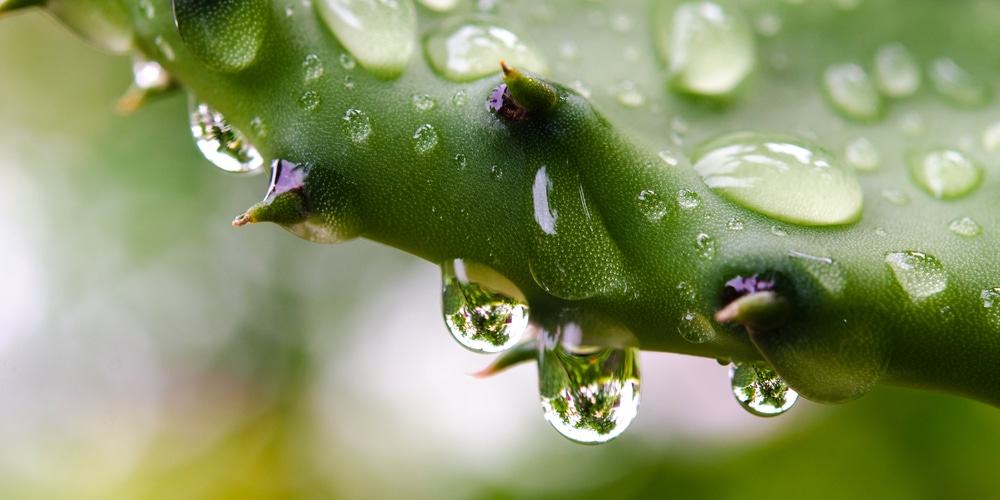Cacti come from arid climates and therefore don’t require much water. That doesn’t mean that you should neglect your prickly pear cactus, just be careful not to overwater it. An overwatered cactus can suffer from root rot which may end up killing the plant.
The good news is that if you take immediate action, you may be able to save your prickly plant. Let’s look at the symptoms of an overwatered prickly pear and how you can revive your plant.
Symptoms of an Overwatered Prickly Pear Cactus

Overwatering a prickly pear plant is a mistake that people often make, especially novice houseplant owners. It’s easy to overwater a cactus as these plants need less water than other houseplants. Prickly pears originate from Brazil and other dry areas. They can be grown outdoors in the right climate and are often found growing in countries such as the US, Australia, and Asia.
Overwatering causes the plant’s soil to become waterlogged. This means that the roots are sitting in a puddle of water which quickly leads to root rot. You may also notice that your cacti flesh has changed color and appears soft or wrinkled. In some cases, brown spots or water blisters will appear on the skin’s surface. Scabs commonly appear on the stem, and these have a rusty look.
How to Revive an Overwatered Prickly Pear Cactus
To revive your prickly pear cactus, you can report it in new soil. The first thing to do before removing your plant from its pot is to wrap your cacti in the newspaper. This will make the plant easier to handle, and you’ll avoid the prickles.
Next, remove as much of the waterlogged soil from around the plant’s roots as you can. It’s vital that the roots have a chance to dry out if your plants to survive. You should carefully dispose of the soggy soil. Don’t use it for other plants as it will likely contain fungus.
Examine your prickly pears roots. Healthy roots will look white and feel slightly firm, while rotten roots will be black and feel soggy. You may also notice that your plant’s roots have a foul odor. Roots that are rotten can be cut off with a sharp knife. This will stop the root rot from spreading and killing your plant.
Once you’ve removed all the soggy root and wet soil, your plant can be treated with a fungicide. You can then report your prickly pear using well-draining soil. It’s a good idea to use a soil pre-mix that has been designed specifically for cacti. Alternatively, you can make your own soil by using a general houseplant soil and adding some perlite. This will help with drainage and aeration.
It’s also a good idea to add a layer of stones or gravel to the bottom of your plant pot to help with drainage. Excess water will be able to drain away, and your plant will be less likely to suffer from root rot again in the future.
How much water does a prickly pear cactus require?
Prickly pear plants can be watered regularly in small amounts. It’s best to wait until the soil has dried out completely before watering your prickle peer. The exact amount of time this takes will depend on the climate you live in and the season. Most people find that they need to water their prickly pear every ten days to two weeks.
If the soil is well-draining or you live in a very hot climate, you may need to water your plant weekly. Your prickly pear needs to be regularly watered during the growing season. Watering can be reduced in the late fall, throughout the winter. Before watering your plant, test the soil with your finger. If the soil feels damp, you should wait two or three days before watering.
Conclusion
Prickly pear cactus are very easy to overwater as they come from arid areas; they should only be watered every week or two depending on the climate and season. You can let the soil dry out completely before rewatering.
If you’ve overwatered your prickly pear plant, you can save it by removing all the wet soil, cutting off the rotting roots, and then treating your plant with a fungicide before repotting. Here’s a list of beautiful, yet poisonous cactus species.

